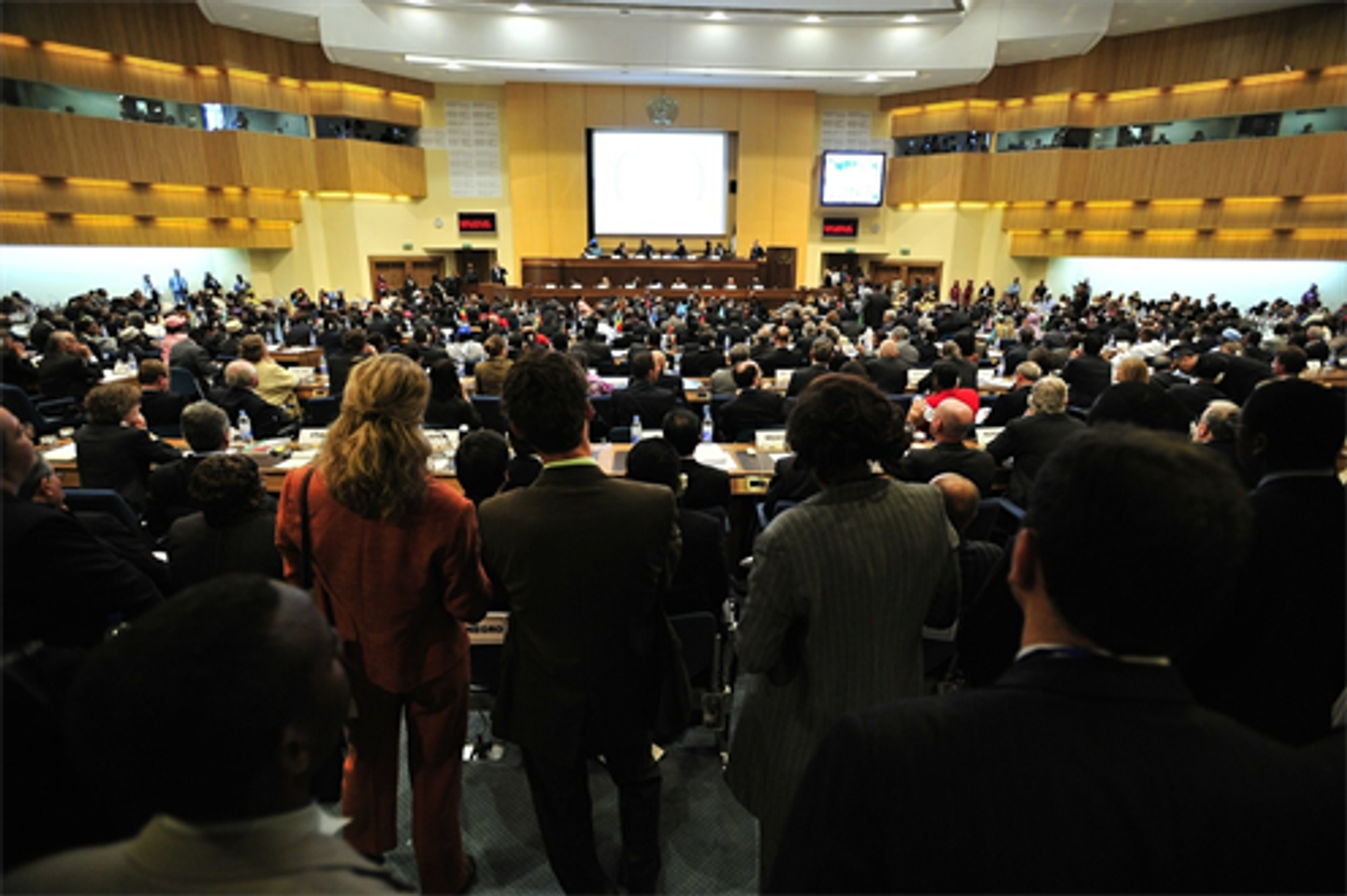

- Home
- Companies
- Smart Grid Observer
- News
- PG&E Accelerating Connection of New ...

PG&E Accelerating Connection of New Data Centers throughout Northern and Central California
Pacific Gas and Electric Company recently reported that the company is working to serve approximately 5.5 gigawatts of new data center energy demand over the next decade, with 1.4 GW currently in final design and projected to come online between 2026 and 2030.
To put this in perspective, 1 GW is enough power to serve the demand of about 750,000 homes at once. The 1.4 GW of new data center load comes from 15 customers and represents 27 unique sites.
New data center load expected to come online over the next five years includes 740 megawatts that PG&E evaluated through its original cluster study in 2024. This load represents projects located in Silicon Valley and the surrounding communities of the greater San Francisco Bay Area.
PG&E estimates for every 1 GW of new electric demand from data centers it serves, PG&E electric customers may save between 1-2% on their monthly bill in the long term. This is because new energy demand from data centers allows PG&E to utilize more of its existing power infrastructure. By spreading the costs over more units of energy, each customer's dollar can go further.
The company launched its cluster study to better respond to customers' needs when it comes to large loads like data centers. The study aimed to more efficiently meet customers' energy needs and timelines. By grouping applications and projects together, rather than individually, PG&E can more quickly confirm the demand and get these customers connected.
"PG&E is taking a thoughtful, deliberate process of pursuing load growth and we see a clear path to lowering customer bills as a result of adding what we call beneficial load," said Jason Glickman, executive vice president, Engineering, Planning and Strategy, PG&E. "Electricity growth from data centers allows us to better utilize our existing electric infrastructure as we build what's needed and deliver more per customer dollar."
Rule 30 Tariff
In addition to data centers, PG&E is getting more applications to power other large, new loads including from warehouses, electric vehicle fleets and manufacturing growth. As a result, the company recently submitted a proposal to the California Public Utilities Commission for a streamlined, transparent and equitable way to connect new electric retail transmission customers like data centers and large tech campuses.
Modeled after existing rules for distribution customers, the new Rule 30 tariff clearly outlines the interconnection process, cost requirements, and how customers can recoup their up-front costs if the load growth materializes.
"Our large load customers have asked for the ability to fund their projects upfront, which would help accelerate PG&E's ability to serve them, and Rule 30 proposes just that. The premise is to more efficiently and uniformly address these type of electric service requests and improve PG&E's ability to meet customers requested in-service dates by enabling them to fund their projects upfront and get paid back after they come online. That way, our existing customers benefit when the load comes in but are protected from having to pay for infrastructure if the load doesn't materialize on the expected time frame," Glickman explained.
PG&E anticipates the steady demand growth from its large load transmission customers including data centers will help to lower PG&E electric rates by spreading costs over more units of energy and will improve reliability for all customers.
Source: PG&E
--------------------------------------------
Upcoming conferences organized by SGO:
5th V2G Business, Policy and Technology Forum - Spring, May 6-8, 2025 | San Ramon, CA
ICS/SCADA Cybersecurity Symposium and Exhibition, June 3-4, 2025 | Chicago
7th EV Charging Infrastructure Summit - North America, July 15-17, 2025 | Chicago
